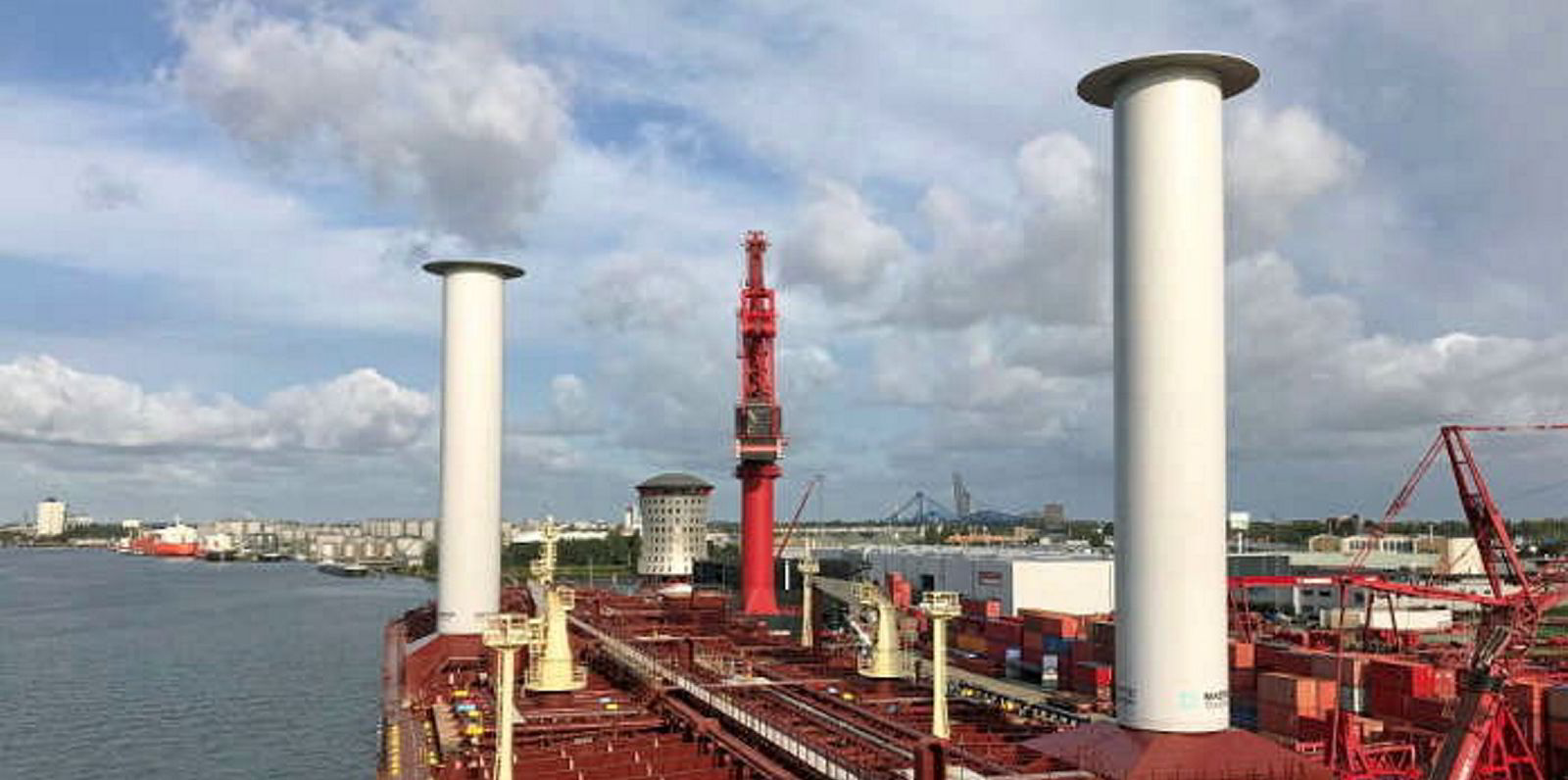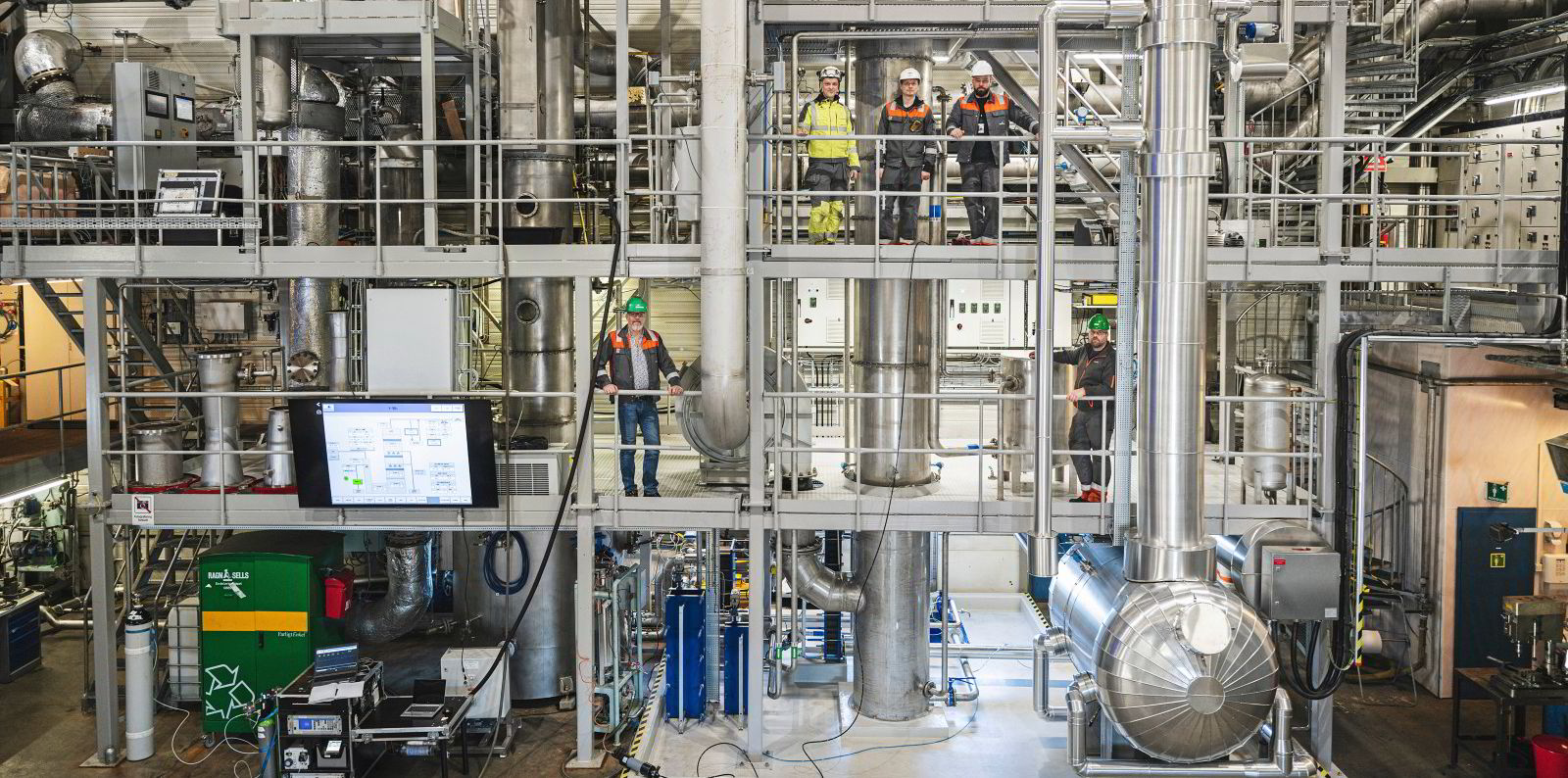Shipowners and operators at the forefront of alternative fuelling were keen to make the investments necessary to help fuel providers make their next moves.
With many future fueling options — and their associated pros and cons — panellists at TradeWinds’ Green Seas Fuel Forum in New York on Thursday said they wanted to put the “chicken and egg” problem to rest.
“We decided we had to take action and had to take action today,” said Eman Abdalla, global operations director at Cargill Ocean Transportation.
She said the company’s push into methanol, biofuels and wind propulsion was the only way they could give fuel suppliers the signals they needed to start making their own investments and build out the alternative fuel supply chain.
Abdalla said wind is free and when paired with methanol would provide significant savings, while biofuels require no capital investment for the ships Cargill currently operates as they can be transported in the same tanks and pipelines as conventional fuels.
“While a lot of people are still talking about biofuel trials, we’re saying enough with the trials,” she said.
Vale has pushed forward with multi-fuelled vessels, last year putting out a tender for an unspecified number of dual-fuelled 325,000-dwt guaibamax bulkers that also have rotor sails.
The mining giant’s shipping technical manager, Rodrigo Bermelho, said the company was developing multi-fuel tanks that can carry LNG, methanol or ammonia.
He said the company’s initial push into LNG fuelling was hampered by an evolving regulatory framework around the fuel.
“We need to take action and we need to foster the innovation and the adoption of this technology by giving them the signals,” he said of the company’s vendors.
Waterfront Shipping president Paul Hexter agreed.
His company, part of methanol production giant Methanex, has been running ships on methanol since 2016 and recently conducted its first voyage using green methanol produced at a Methanex plant in Louisiana.
Methanol is typically produced using a fossil fuel feedstock, but the green methanol Waterfront blended with conventional methanol was made with animal manure, Hexter said.
“There is a path,” he said. “Any of the alternative fuels right now, the challenge we face is cost and scalability. But the investments being made here are really going to advance the technology.”





